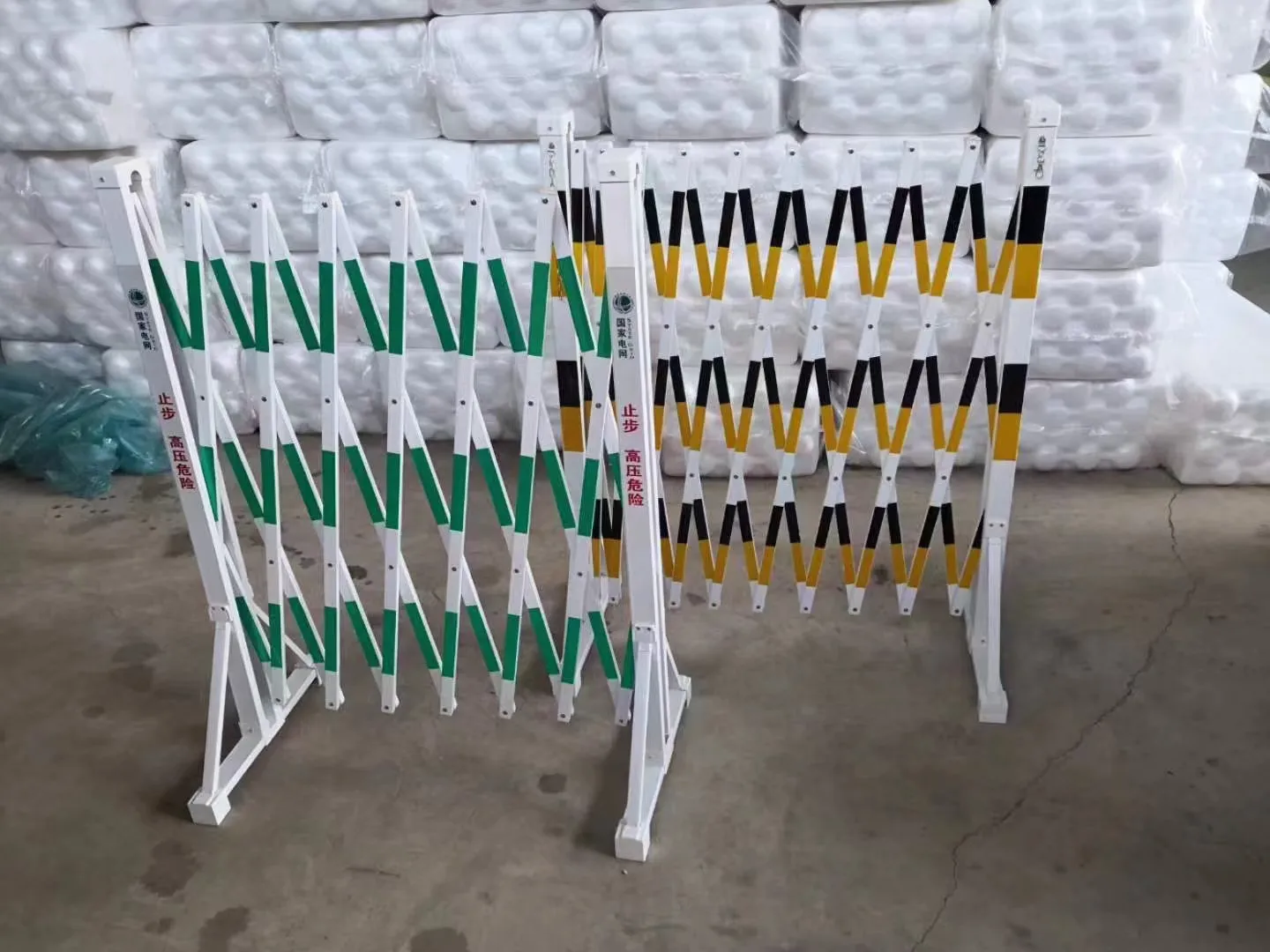loading...
- No. 9, Xingyuan South Street, Dongwaihuan Road, Zaoqiang County, Hengshui, Hebei, China
- admin@zjcomposites.com
- +86 15097380338
- Welcome to visit our website!
Innovative Solutions for Wastewater Treatment Technologies and Equipment
Waste Water Treatment Equipment An Essential Component for Environmental Sustainability
In an age where environmental sustainability has become a global priority, waste water treatment equipment plays a pivotal role in managing and mitigating the impacts of waste water on ecosystems and public health. As urban populations grow and industrial activities expand, the volume of waste water generated has increased significantly, necessitating advanced treatment solutions to ensure our water sources remain clean and safe.
Understanding Waste Water
Waste water refers to any water that has been adversely affected in quality by human influence. It comes from a variety of sources including domestic, industrial, agricultural, and storm water runoff. The treatment of waste water is crucial for several reasons it not only helps to protect the environment by reducing pollutants entering local waterways but also promotes public health by preventing waterborne diseases.
The Importance of Waste Water Treatment Equipment
The processing of waste water is complex and requires specialized equipment to effectively remove contaminants. Modern waste water treatment facilities utilize a range of technologies and equipment aimed at achieving optimal purification. Here are some key types of equipment used in waste water treatment
1. Screens and Grates The first step in waste water treatment involves physical screening to remove large debris such as sticks, leaves, and plastic objects. Equipment such as bar screens and drum screens filter out these materials, protecting subsequent treatment processes from damage or obstruction.
2. Primary Clarifiers After screening, the waste water undergoes primary treatment in clarifiers, where sediments settle out due to gravity. This separation allows for the removal of suspended solids and is critical for reducing the load on secondary treatment processes.
waste water treatment equipment

3. Aeration Tanks Biological treatment is essential for breaking down organic matter in waste water. Aeration tanks are equipped with diffusers that introduce air into the waste water, fostering the growth of aerobic microorganisms that consume organic pollutants. This stage significantly reduces biochemical oxygen demand (BOD), which measures the amount of oxygen consumed by bacteria in the decomposition of organic matter.
4. Secondary Clarifiers Following biological treatment, the waste water proceeds to secondary clarifiers where the activated sludge (bacteria and waste) is allowed to settle. The clear water is then separated from the sludge, with a portion of the settled sludge being recycled back to the aeration tanks to maintain microbial activity.
5. Disinfection Equipment To ensure that the treated water is safe for discharge or reuse, disinfection processes such as chlorination or UV irradiation are employed. These methods eliminate pathogenic microorganisms and help prevent the spread of waterborne diseases.
6. Sludge Management Systems The waste sludge generated from treatment processes must also be managed. Equipment such as thickening tanks, digesters, and dewatering presses are used to reduce sludge volume and prepare it for disposal or beneficial reuse as fertilizer.
Innovation and Technology Advances
Recent advancements in waste water treatment technology have led to improved efficiency and effectiveness. Automation and real-time monitoring systems optimize treatment processes, ensuring compliance with environmental regulations and minimizing operational costs. Furthermore, emerging technologies such as membrane bioreactors (MBR) and advanced oxidation processes (AOP) are expanding the capabilities of waste water treatment facilities, allowing for the recovery of resources and the production of high-quality effluent.
Conclusion
As waste water treatment continues to evolve, it is clear that the role of waste water treatment equipment is vital in safeguarding our water resources and the environment. By investing in innovative technologies and infrastructure, communities can address the challenges posed by increasing waste water generation. Ultimately, effective waste water management not only protects public health but also contributes to the sustainability of our planet, making it imperative for governments, industries, and individuals to prioritize and support these critical systems. Embracing a holistic approach to waste water treatment will pave the way for a cleaner, healthier future for generations to come.
-
The Rise of FRP Profiles: Strong, Lightweight, and Built to LastNewsJul.14,2025
-
SMC Panel Tanks: A Modern Water Storage Solution for All EnvironmentsNewsJul.14,2025
-
GRP Grating: A Modern Solution for Safe and Durable Access SystemsNewsJul.14,2025
-
Galvanized Steel Water Tanks: Durable, Reliable, and Ready for UseNewsJul.14,2025
-
FRP Mini Mesh Grating: The Safer, Smarter Flooring SolutionNewsJul.14,2025
-
Exploring FRP Vessels: Durable Solutions for Modern Fluid HandlingNewsJul.14,2025
-
GRP Structures: The Future of Lightweight, High-Performance EngineeringNewsJun.20,2025
